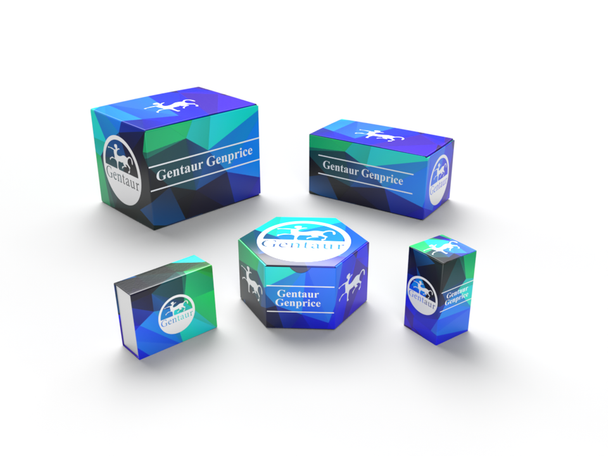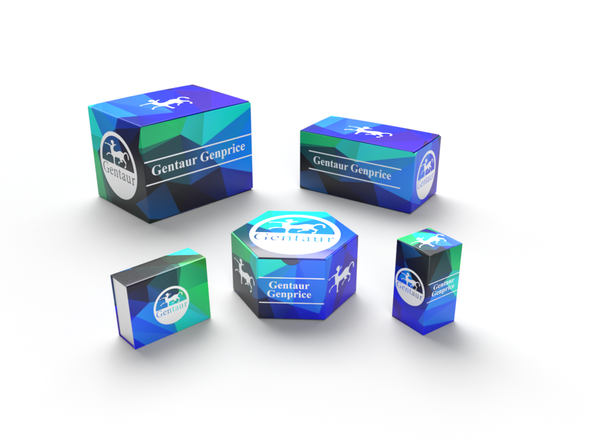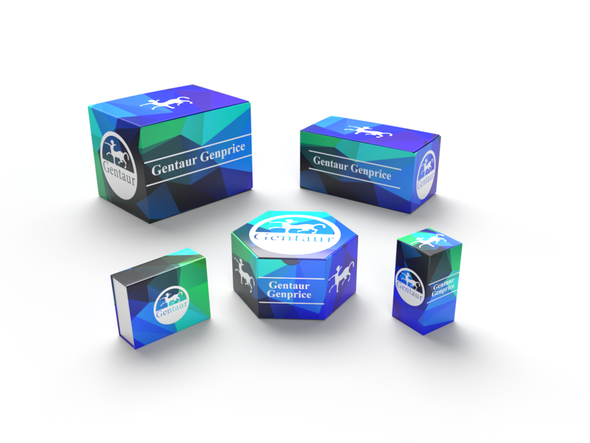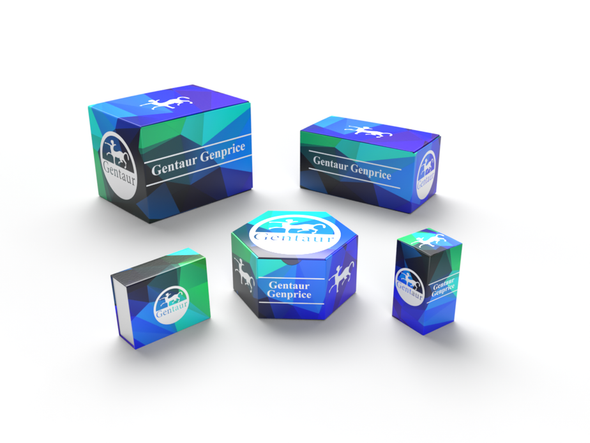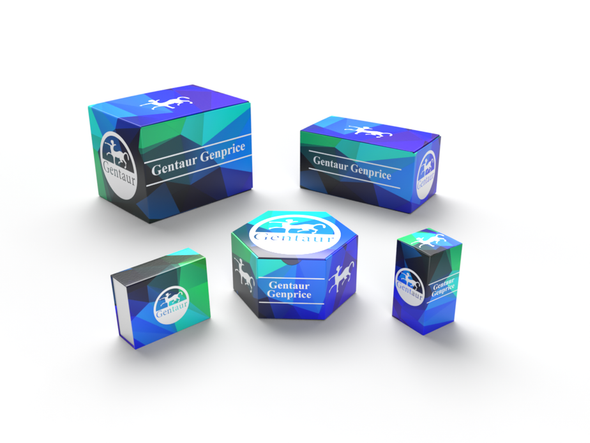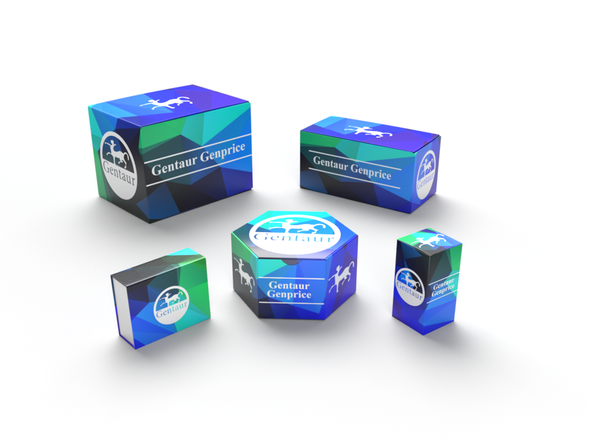Description
Mouse Anti-Human Azurocidin Antibody | 101-M223 | Gentaur UK, US & Europe Distribution
Species: Anti-Human
Host / biotech: Mouse
Comment: N/A
Label: N/A
Clone / Antibody feature: (#7F31)
Subcategory: Monoclonal Antibody
Category: Antibody
Synonyms: AZU1; AZU; HBP; NAZC; AZAMP; CAP37; HUMAZUR
Isotype: IgG1
Application: WB
Detection Range: N/A
Species Reactivity/Cross reactivity: Human
Antigen: recombinant human Azurocidin
Description: Azurocidin, also known as cationic antimicrobial protein 37 (CAP37) and heparinbinding protein (HBP), is a member of the serine protease family that includes Cathepsin G, neutrophil elastase (NE), and proteinase 3 (PR3). These proteases are found in the specialized azurophilic granules of neutrophils. Human Azurocidin 1 is encoded by the AZU1 gene located in a cluster with NE and PR3 on chromosome 19pter. The open reading frame predicts a 251 amino acid (aa) protein with an Nterminal 26 aa signal sequence and a 7 aa propeptide. There are also eight cysteine residues and 3 putative N linked glycosylation sites. Although Azurocidin 1 shares a significant degree of aa sequence identity with Cathepsin G, NE, and PR3, it lacks serine protease activity due to mutations at two of the three residues in the catalytic triad (His41Ser and Ser175Gly). Crystallographic analysis suggests that the antibacterial activity of Azurocidin is mediated by a hydrophobic pocket (residues 20 to 44) that binds Gramnegative bacteria lipid A. These structural data also imply that the heparin binding capacity is mediated by nonspecific electrostatic interactions between the negatively charged heparin molecule and a large patch of positively charged residues near the lipid A binding site. Azurocidin has also been identified as a modulator of endothelial permeability. Neutrophils arriving first at sites of inflammation release Azurocidin, which acts in a paracrine fashion on endothelial cells causing the development of intercellular gaps and allowing leukocyte extravasation. These findings imply that Azurocidin may be a reasonable therapeutic target for a variety of inflammatory disease conditions.
Purity Confirmation: N/A
Endotoxin: N/A
Formulation: lyophilized
Storage Handling Stability: Lyophilized samples are stable for 2 years from date of receipt when stored at -20°C. Reconstituted antibody can be aliquoted and stored frozen at < -20°C for at least six months without detectable loss of activity.
Reconstituation: Centrifuge vial prior to opening. Reconstitute the antibody with 500 µl sterile PBS and the final concentration is 200 µg/ml.
Molecular Weight: N/A
Lenght (aa): N/A
Protein Sequence: N/A
NCBI Gene ID: 566

